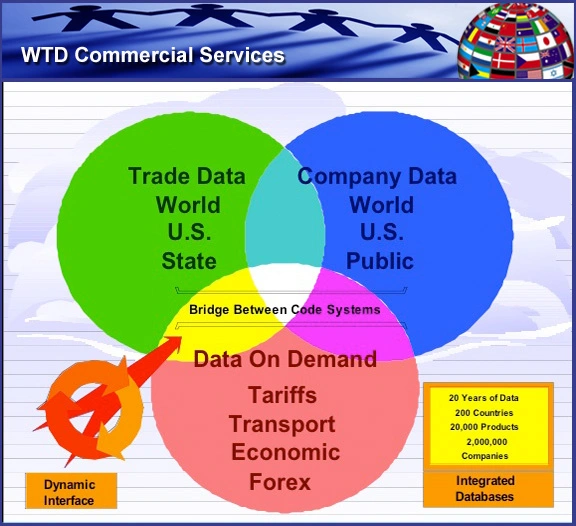Internet economy: Wireless broadband subscriptions top half a billion, says OECD. Wireless broadband subscriptions in OECD countries had exceeded half a billion by the end of 2010, an increase of more than 10 percent on June 2010, according to new OECD statistics. The Netherlands and Switzerland lead the table, with 38.1 subscriptions per 100 inhabitants, followed by Denmark (37.7) and Norway (34.6). DSL is still the most widely used technology (57.6%) followed by cable (29.4%).
Commerce Blog: Make It In America. American manufacturing helped make this the most prosperous country on earth, and it helped build a strong middle class. Congress attempts to build on the six Make It In America bills signed into law last year, which promote innovation, strengthen our workforce and help companies produce more at home. These bills invest in science, technology, engineering, and math education to prepare a highly skilled workforce. Is it too late? We hope not.
From U.S. Census Bureau Global Reach Blog: Featured Video: What is a Freight Forwarder? Part 2. You might want to also check out What is a Freight Forwarder? Part 1. These videos are taken from a series of export videos produced jointly by the U.S. Census Bureau and International Trade Administration of the U.S. Department of Commerce.
From USDA/ERS: Feed Grains Database: This database contains statistics on four feed grains (corn, grain sorghum, barley, and oats), foreign coarse grains (feed grains plus rye, millet, and mixed grains), hay, and related items. This includes data published in the monthly Feed Outlook and previously annual Feed Yearbook. Data are monthly, quarterly, and/or annual depending upon the data series. Available data include:
- Supply: beginning stocks, production, and imports.
- Demand: utilization for food, seed, and industrial uses, feed and residual, exports, and ending stocks.
- Prices: farm and market prices.
- Quantities fed: concentrates, oilseed meals, and animal and grain protein feeds.
- Feed-price ratios: livestock, poultry, and milk.

Lies, Damn Lies and Statistics
From the U.S. Commerce Blog: Tapping Experts to Improve Federal Statistics: The Federal Economic Statistics Advisory Committee. Major economic statistics tell us fundamental facts about the state of the economy, where we have been and how we are doing. Federal Economic Statistics Advisory Committee (FESAC) advises the heads of the Census Bureau and BEA both in the Department of Commerce as well as the Department of Labor’s BLS. FESAC’s mission, to recommend research to address important technical problems, aims at improving exact complex economic statistics relying on data from not just one but two or three of these agencies.
An important step in improving Trade Intelligence is improving the veracity of the fundamental building blocks – DATA. It would have been advisable to include industry practitioners not just professors though. Practical, applicable solutions aren’t likely to be discovered within the sole domain of academia.


 26/06/2011
26/06/2011 
























































































































































































































































































































































Comments are closed.